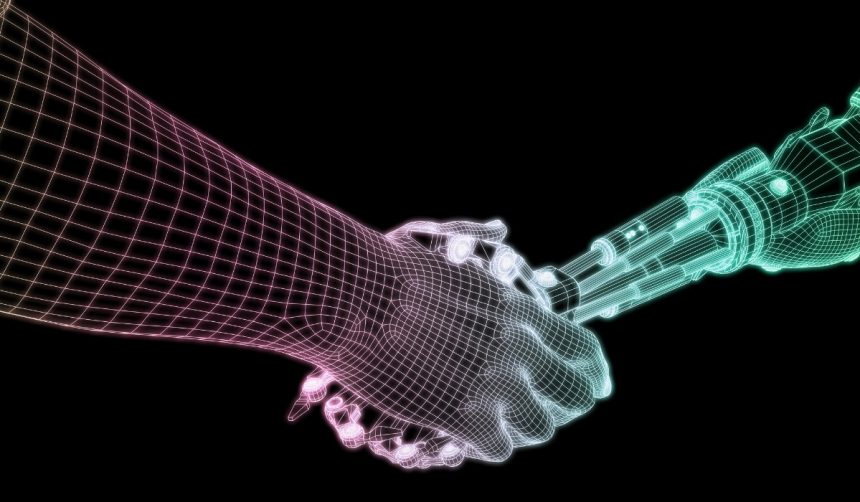Recycling facility operators encounter mounting obstacles as they strive to improve both efficiency and safety on the sorting line. Glacier Robotics has entered this landscape, designing systems driven by artificial intelligence and advanced robotics to help material recovery facilities (MRFs) detect and sort valuable recyclable materials more effectively. By introducing its solutions without overhauling entire infrastructures, the company aims to address operational pain points that have challenged recycling businesses for years. Industry experts and environmental advocates are watching closely, as incremental improvements in this sector can reduce both landfill dependency and carbon emissions.
Earlier coverage of artificial intelligence in recycling technologies often focused on simple optical sorting or mechanical innovations, while recent advances have turned toward sophisticated machine learning and integrated robotics. Companies in this space, such as AMP Robotics, have expanded the conversation around automation, but Glacier’s model sets itself apart by emphasizing seamless adoption within existing recycling lines. The ongoing shift toward a circular economy has pushed more businesses and municipalities to pursue better quality output from sorting facilities, highlighting not just technology but also collaboration as a key component in future sustainability efforts.
How Is Glacier Improving Material Sorting with AI?
Glacier’s systems apply computer vision and AI to identify various plastics, metals, and other recyclables as they move down the conveyor. The company’s approach means that more high-value items are captured. This increases revenue potential for recycling operations and helps divert a greater volume of materials from landfills. According to Rebecca Hu-Thrams, Glacier’s co-founder and CEO, the intent is straightforward:
“Our goal is to empower facilities to recover as much valuable material as possible, without disrupting their day-to-day processes.”
What Safety and Efficiency Benefits Does Robotics Provide?
Automation with robotic arms reduces exposure of human workers to workplace hazards. Glacier points out that their robotics systems diminish the risk of injury and lower error rates linked to manual sorting. Enhanced accuracy is achieved, as machines can operate longer hours and maintain consistent performance even in challenging conditions. Hu-Thrams notes:
“By combining robotics and AI, we give facilities the tools to improve both their safety record and operational reliability.”
How Are Partnerships Driving Further Progress?
Collaboration with existing industry players is a major element in Glacier’s strategy. By partnering with recycling businesses and technological providers, Glacier integrates its products with minimal disruption and adapts to varying facility layouts. This cooperative method elevates the overall output quality and supports environmental objectives by minimizing waste in the supply chain.
Glacier’s place in the recycling technology field highlights a broader movement toward solutions that balance practical implementation with measurable outcomes. For facilities weighing technology adoption, considering worker safety, business continuity, and ongoing collaboration is essential. Choosing systems that support rather than replace established operations may offer the most immediate benefits. With urban waste volumes projected to rise, scalable robotics and AI tools like Glacier’s can help bridge the gap between current recycling rates and sustainability targets. Operators and communities interested in reducing landfill burden should evaluate how modular, data-driven solutions could fit into their existing recovery processes.








